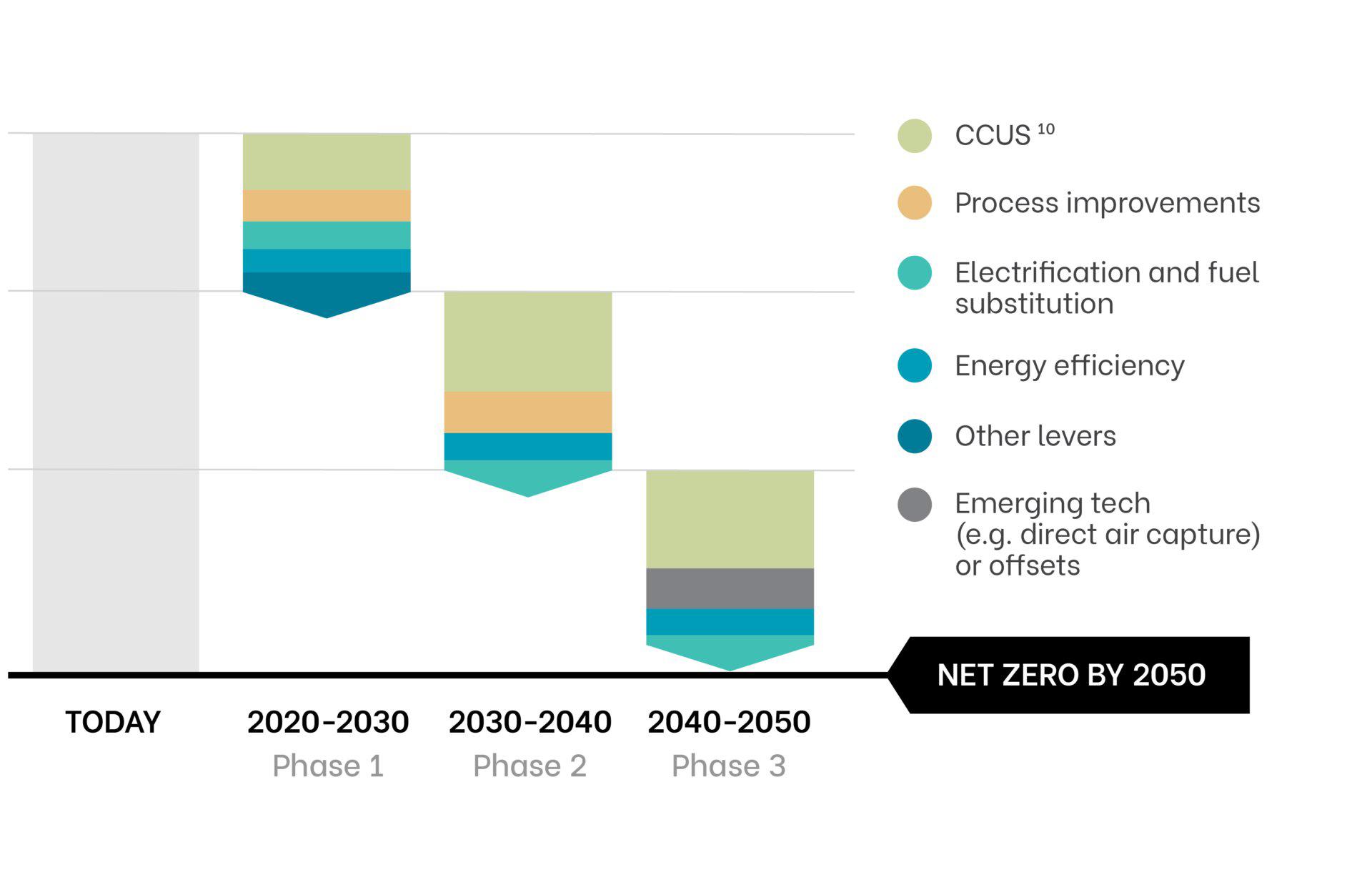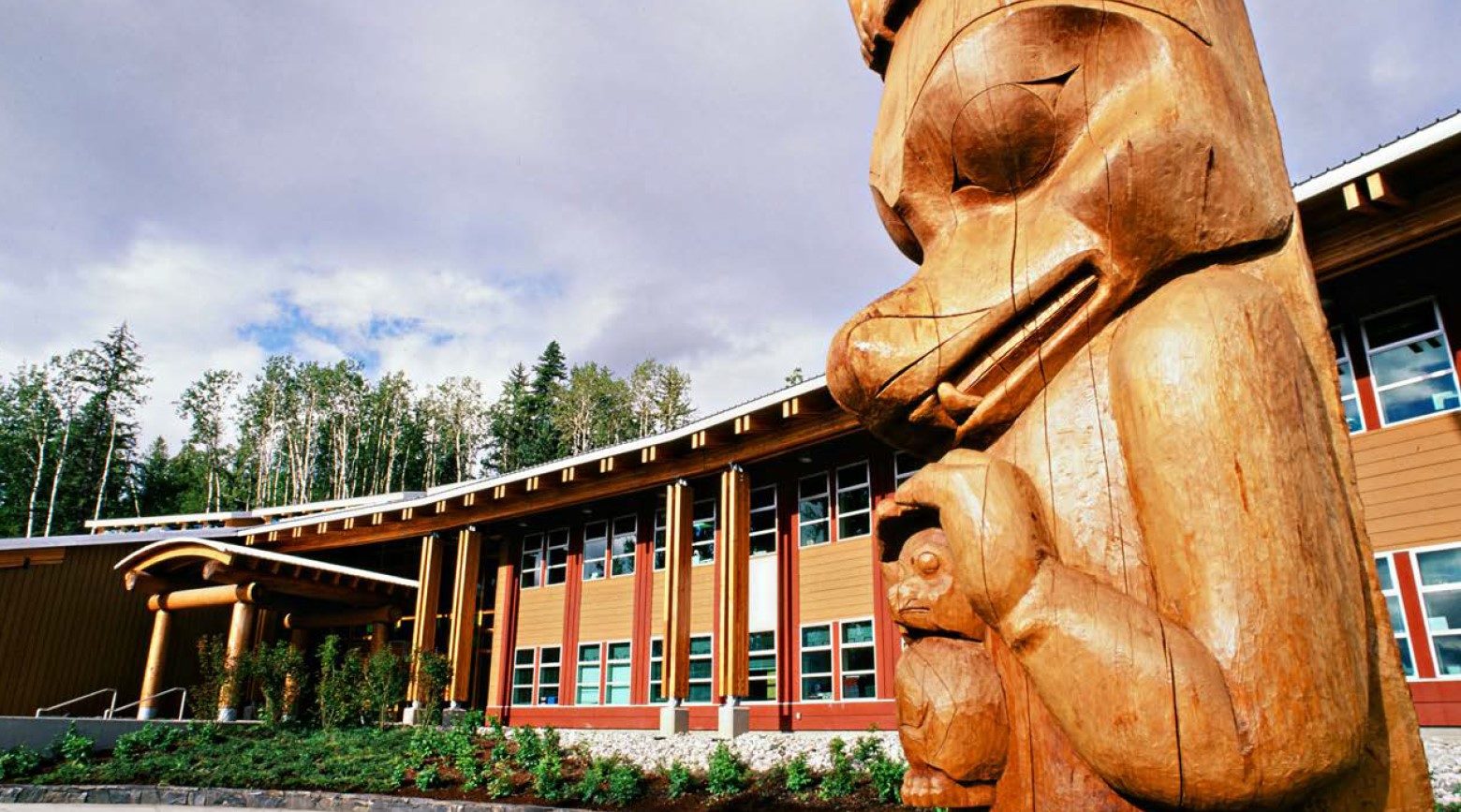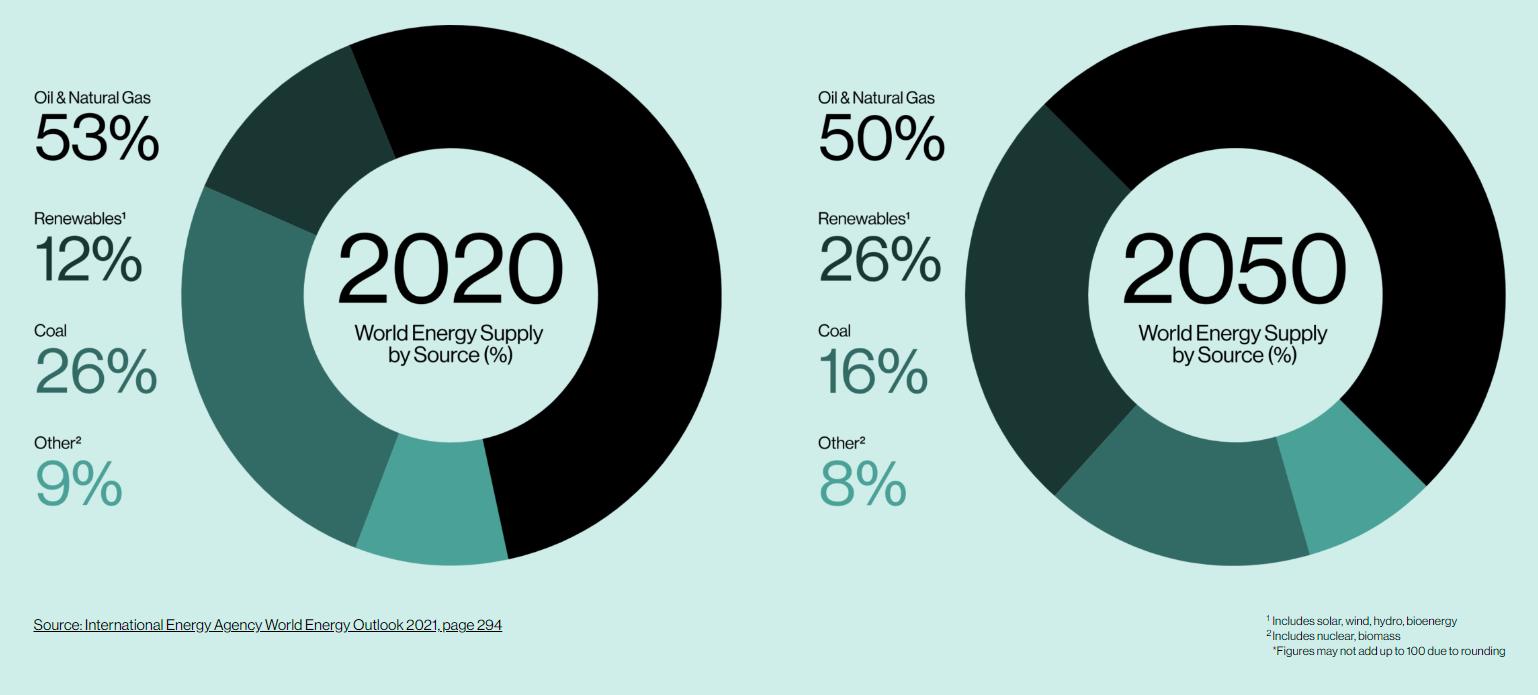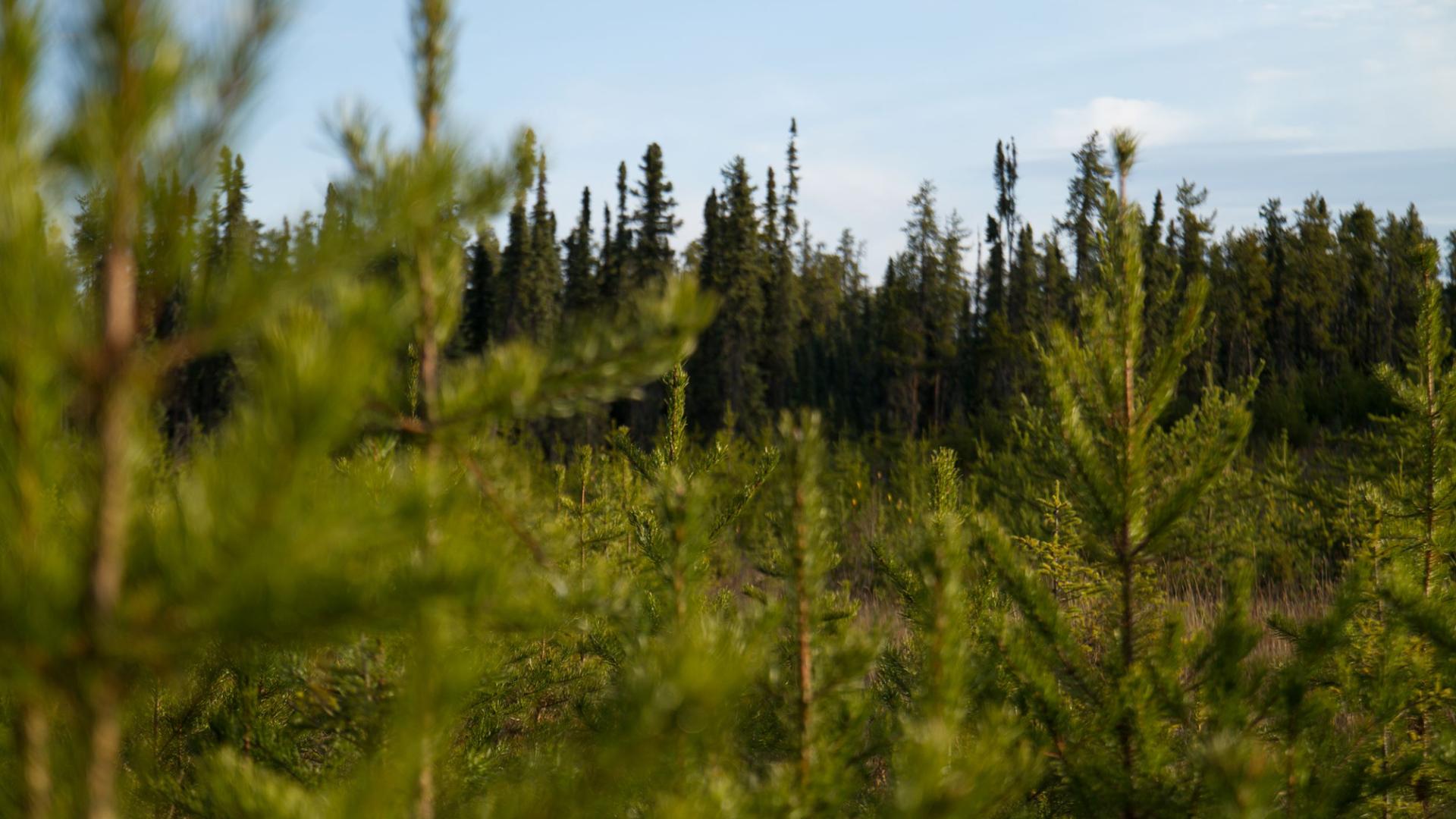Canada’s oil and gas industry is innovating to reduce greenhouse gas emissions while continuing to supply the responsible, reliable, affordable energy the world needs.
Canada’s oil sands sector is the world’s largest oil reserve open to free market investment. Six companies representing about 95 per cent of production have jointly set the target to reach net zero emissions by 2050.
The first goalpost for the Pathways Alliance is to reach a reduction of 22 million tonnes by 2030, or to reduce emissions by about one-third.

The anchor of this first phase will be a carbon capture and storage (CCS) network in Canada’s Alberta province, comparable to Norway’s Longship/Northern Lights project. Future phases will incorporate new emerging technologies.
Like Northern Lights, the Pathways CCS project will be built to permanently store CO2 from multiple industrial sources. In the oil sands, it will start with a CO2 trunkline to gather captured CO2 from up to 20 facilities and transport it to a shared hub for permanent underground storage.
The Pathways project builds on Canada’s early leadership in CCS. There are 26 commercial-scale CCS projects in the world, and four of them are in Canada — including the largest CO2 pipeline on the planet, the Alberta Carbon Trunk Line.
Since 2000, CCS projects in Canada have safely stored more than 44 million tonnes of CO2, or the equivalent of taking more than 9.4 million cars off the road.
Norway’s Northern Lights project incorporates learnings from one of these projects, called Quest, in central Alberta.
Since start-up in 2015, Quest has successfully captured and stored more than 6 million tonnes of CO2, at a lower cost than expected.
The Pathways project and others that are proposed will significantly increase CCS capacity in Alberta.
Also on the rise in the province is renewable energy.

Alberta is leading a surge in wind and solar development across Canada, according to Oslo-based Rystad Energy.
Significant large-scale projects in Alberta are scheduled to come online that will raise capacity to close to 10 GW before 2023, up from about 3 GW at the start of 2022.
That is expected to double again by 2025, reaching almost 21 GW, or nearly half of the country’s total. That’s enough capacity to power more than 8 million homes.
Advancing clean technology is a critical effort of Canada’s oil and gas industry.
Companies consistently spend about $1 billion per year on research and development to improve performance, like reducing emissions.
The industry is progressing key low-carbon technologies like hydrogen, geothermal energy, and small modular reactors.
Importantly, Indigenous communities and businesses are becoming increasingly important players in Canada’s oil, gas and energy cleantech sector.
This advances the path of economic reconciliation and helps give Indigenous communities influence over how projects are developed.
According to the latest data, Canada’s oil sands producers spent a record $2.4 billion with Indigenous businesses in 2019, up from $1.5 billion in 2015.
The Trans Mountain oil pipeline expansion from Alberta to the British Columbia coast has signed mutual benefit agreements with 69 First Nations valued at over $600 million.
The project has also spent more than $3.2 billion with Indigenous-owned businesses ($1.3 billion in 2021 alone) and employed more than 2,100 Indigenous workers.
Indigenous groups are seeking an ownership stake in Trans Mountain when the expansion is completed.

The Coastal GasLink pipeline to the LNG Canada project now under construction in B.C. has signed project agreements with all 20 elected First Nations governments along its route.
Together LNG Canada and Coastal GasLink have spent more than $5.1 billion with Indigenous and local businesses. And 16 Indigenous communities have agreed to become part owners of the pipeline project.
There are also proposed projects like the Polaris CCS facility, partly owned by Reconciliation Energy Transition; a hydrogen production plant owned in part by the Fort Nelson First Nation; the Cedar LNG project, 50 per cent owned by the Haisla Nation; Ksi Lisims LNG, partly owned by the Nisga’a Nation; and LNG Newfoundland and Labrador, to be owned in part by the Miawpukek First Nation.

Oil and gas will remain critical to global energy markets as more renewable and alternative energy comes online.
The International Energy Agency projects that oil and gas will still supply 50 per cent of world energy needs in 2050, compared to 53 per cent in 2021.
Canada’s responsibly produced oil and gas should be part of the solution to maintain energy security and help the world move to a low carbon future.
The unaltered reproduction of this content is free of charge with attribution to Canadian Energy Centre Ltd.
